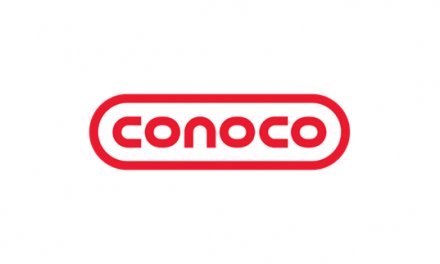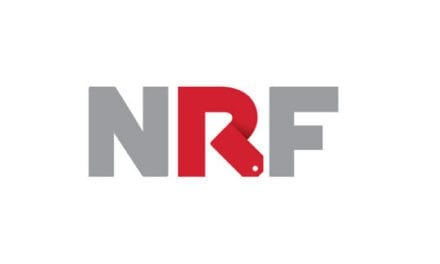By Sid Gaitonde
Fuel logistics is a global discussion, and many factors play into its success. As we continue with a stay-at-home policy due to Covid-19, many analysts warn that global petrol demand is set to drop significantly in some key markets as western economies have practically come to a halt in response to the pandemic. For many businesses supporting the fuel supply chain, the outlook is troubling.
Fuel logistics can be complicated. When you add a global pandemic on top of an already complicated industry, every action you take matters. Are you buying wholesale fuel at the optimal price? What about driver behavior such as speeding, hard braking, fast acceleration and adhering to a route provided by the dispatch office? What if drivers or dispatchers are out sick? Are you getting the most out of your fleet? All these issues can affect your operations, fuel and truck maintenance costs and safety. Ultimately they can create inefficiency, waste money and impact the bottom line.
During this global health crisis, organizations, carriers and trucking companies must be very cost conscious. How can those involved in the industry lower costs and reach operational efficiency while maintaining a positive customer experience?
When we look at how to optimize fuel logistics, there are a few things we can consider.
Route and trip optimization: In addition to helping find the best way to get from point A to B to C to D, route optimization also helps you determine the order of the stops. The best route is not necessarily the shortest, but the shortest possible that avoids congestion and traffic or contributes to less truck idling times. When utilizing route and trip optimization, fleets also want to make sure delivery sites are as close to each other as possible. This allows truckers to fit more deliveries into one shift. Getting more out of each dispatcher as well as each driver and vehicle really matters.
Asset utilization: Not only do companies want to optimize truck routes, they also want to make sure each truck is carrying the biggest possible load—also called high payload usage—in addition to keeping the trucks’ axles and pin weights within legal constraints. Speaking of legal constraints, it’s also crucial to decide who gets their fuel first, and why. A thoughtful compartment allocation makes sure your vehicles’ loads stay well-balanced from the first to last delivery point. Sounds complicated? A comprehensive logistics software can usually help dispatchers solve this riddle quickly and reliably.
Avoid runouts: Retains and runouts can often become a nightmare for both the logistics companies and their customers. Fuel stations, industrial sites and logistics companies want to avoid these situations. This is especially important for companies responsible for replenishing the stock (also known as vendor-managed inventory). With VMI, there are service level agreements that the company has to meet, including not allowing any sites to “go dry.” For fuel retailers, a dry pump results in a poor customer experience. Drivers who encounter runout situations while seeking to refuel will likely think twice before returning to the same location.
Prevent retains: Fuel is usually taxed the moment it leaves the terminal. Having a taxed product that can’t be sold increases a company’s costs. It can further cause delivery problems if a fuel compartment that was supposed to be offloaded can no longer be emptied, making it difficult for a driver to proceed with the rest of a trip. This would require a dispatcher and driver to change the delivery plans on the spot. The best-case scenario is that an organization can find a nearby site that could take a delivery and then move on with the rest as planned. Of course, the worst-case scenario would be that the truck needs to return to the base or terminal to unload. All this costs time and money.
A good logistics software can help predict demand and propose what quantities of each type of fuel should be delivered to each station, ensure that tanks don’t run out of fuel, make sure there’s product in each tank and maintain balance between products with high and low sales volume.
Some day we will have a new normal, but these tactics for optimizing a sound transformation and logistics organization should remain in place. It’s just good business.
 Sid Gaitonde is the SVP and GM, Logistics Solutions, for PDI Software. He leads the product team and oversees strategic direction for the logistics solution portfolio. Gaitonde has held multiple leadership roles at global companies and brings over 15 years of global product and operations experience to PDI. He has a proven track record of delivering new product innovations that help solve complex problems and bring significant value to customers. He holds a master’s degree in Industrial Engineering from the University of Florida. He can be reached at [email protected]
Sid Gaitonde is the SVP and GM, Logistics Solutions, for PDI Software. He leads the product team and oversees strategic direction for the logistics solution portfolio. Gaitonde has held multiple leadership roles at global companies and brings over 15 years of global product and operations experience to PDI. He has a proven track record of delivering new product innovations that help solve complex problems and bring significant value to customers. He holds a master’s degree in Industrial Engineering from the University of Florida. He can be reached at [email protected]









